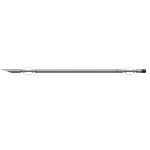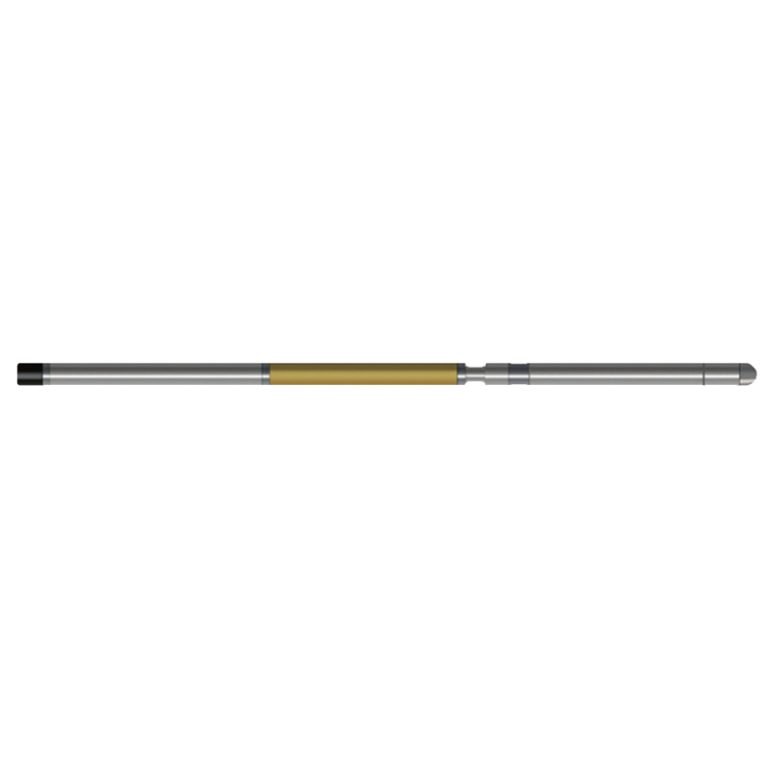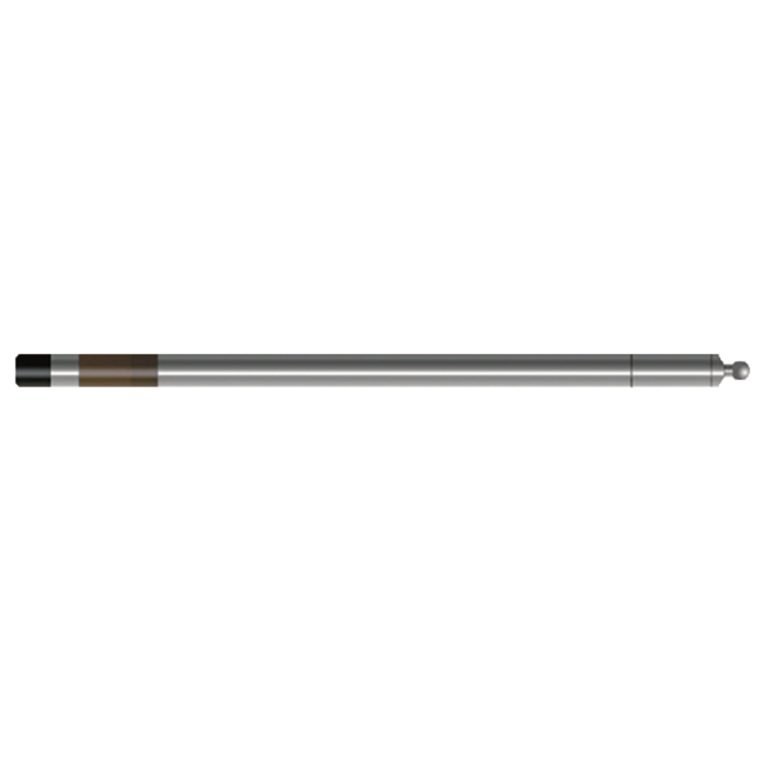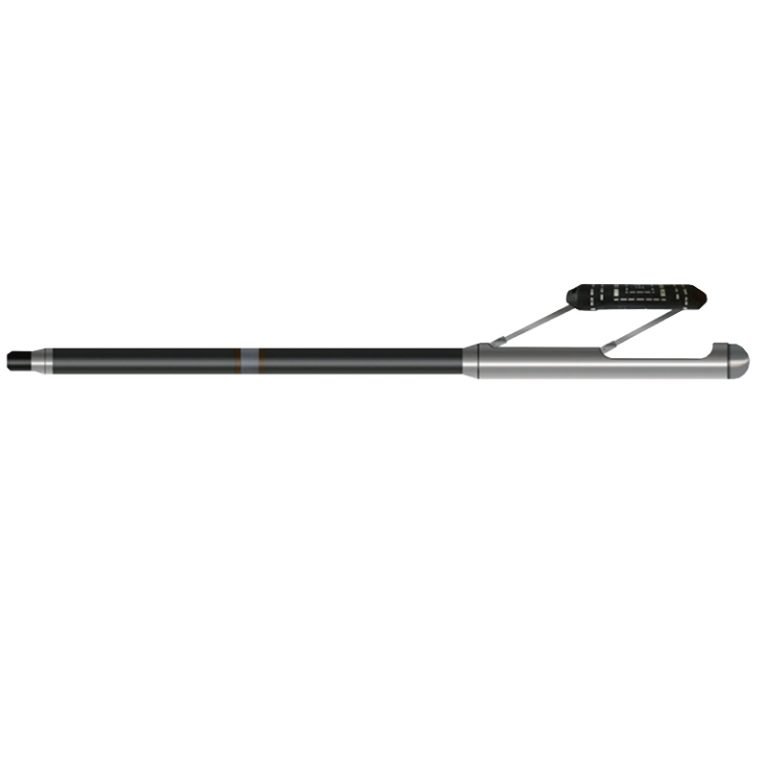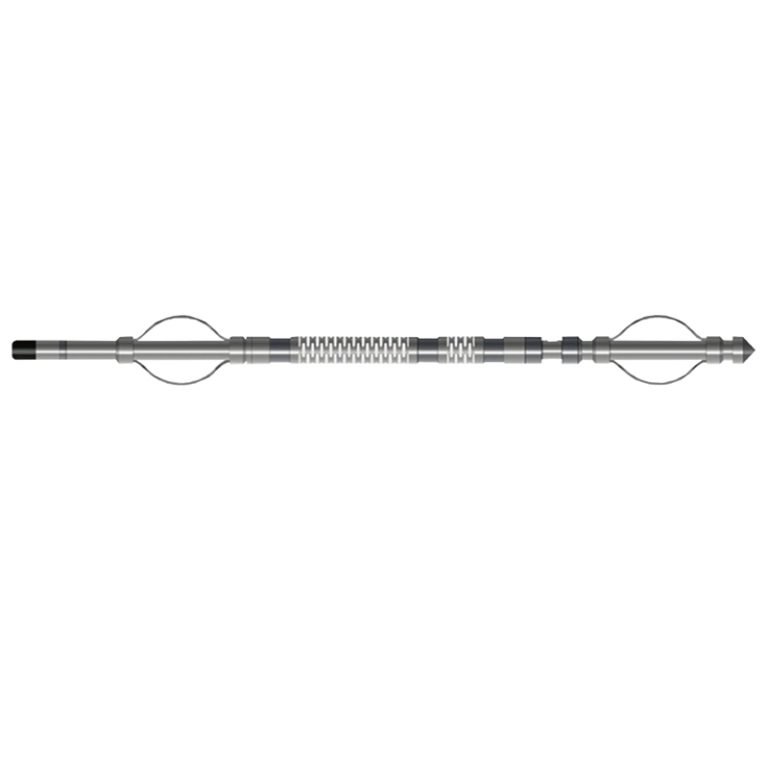Welcome to Geotech!

JTL-3019 FOG Inclinometer Probe
PRODUCT PARAMETERS
- The fiber optic gyroscope is used to measure the azimuth, which is not affected by the geomagnetic field and has a wide range of applications.
- The self-seeking north working mode is designed, and there is no need to calibrate the north and north direction before measurement, and the azimuth has no time drift.
- The three-dimensional high-precision gravity acceleration sensor is used to measure the top angle. High accuracy, good reliability, and stable performance.
Description
 Abstract
Abstract
JTL-3019 FOG Inclinometer Probe is a highly sensitive sensor that can sense the rotation speed of the earth. It does not need to be calibrated on the ground when in use. It can find the north autonomously, and the azimuth value obtained is the true north azimuth of the borehole inclination. It is very convenient to use. Although it is more expensive, it has many advantages such as high accuracy, small size, light weight, small zero drift, long life, and easy maintenance.

 Applicable Conditions
Applicable Conditions
● Cased
● Bare hole fill with water or mud
● Bare Dry hole
 Applications
Applications
● In casing, in drill pipe, in iron ore area geological drilling inclination measurement
● Target shooting position drilling construction, directional well, horizontal radial hole construction
● Coal, gas, nuclear, hydrology and other guidance drilling or detection of drilling quality
● Pile foundation engineering detection of water conservancy and hydropower, highway bridges, large buildings, etc.
 Features
Features
● The fiber optic gyroscope is used to measure the azimuth, which is not affected by the geomagnetic field and has a wide range of applications.
● The self-seeking north working mode is designed, and there is no need to calibrate the north and north direction before measurement, and the azimuth has no time drift.
● The three-dimensional high-precision gravity acceleration sensor is used to measure the top angle. High accuracy, good reliability, and stable performance.
 Specifications
Specifications
| Vertex angle measurement range | 0°~50°,Measurement accuracy: ±0.1°; Resolution: 0.01° |
| Azimuth measurement range | 0°~360°Measurement accuracy: When the vertex angle is greater than 1°,Better than ±2° (latitude 0°~±45°) |
| Measurement method | Spot measurement (recommended) |
| North seeking time | ≤2 minutes |
| Signal output | Bipolar encoding |
FAQ
① In SI, it is m·s-2, and one percent of it is the international unit abbreviation g.u.;
② Conversion between SI and CGS: 1g.u.=10-1 mGal
Gravitational field: The space around the earth with gravity is called the gravitational field.
Gravitational potential: The gravitational potential W in the gravitational field is equal to the work done by a particle of unit mass moving from infinity to that point.
① The normal gravity field of the earth: Assuming that the earth is a rotating ellipsoid (reference plane), the surface is glossy, the internal density is uniform, or it is distributed in concentric layers, the density of each layer is uniform, and the deviation of the shape of the ellipsoid from the geoid is very small, then the gravity field generated by the earth is the normal gravity field.
② The normal gravity value is only related to the latitude, the smallest at the equator and the largest at the poles, with a difference of about 50,000 g.u.; the rate of change of the normal gravity value with latitude is the largest at 45° latitude, and zero at the equator and the poles; the normal gravity value decreases with increasing altitude, and its rate of change is -3.086 g.u.. The main feature of the long-term change is the "westward drift" of the geomagnetic elements, both the dipole field and the non-dipole field drift westward, and have a global nature.
The gravitational field strength is equal to the gravitational acceleration in both numerical and dimensional terms, and the two are in the same direction. In gravity exploration, all references to gravity refer to gravitational acceleration. The gravitational field strength at a point in space is equal to the gravitational acceleration at that point.
Gravity exploration is an exploration method that is based on the density difference of rocks and ores. Since density difference will cause local changes in the normal gravity field of the earth (i.e. gravity anomaly), it is used to solve geological problems by observing and studying gravity anomalies.
-1.png)


